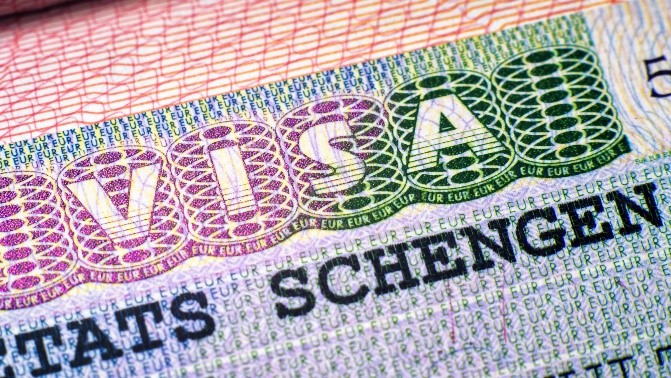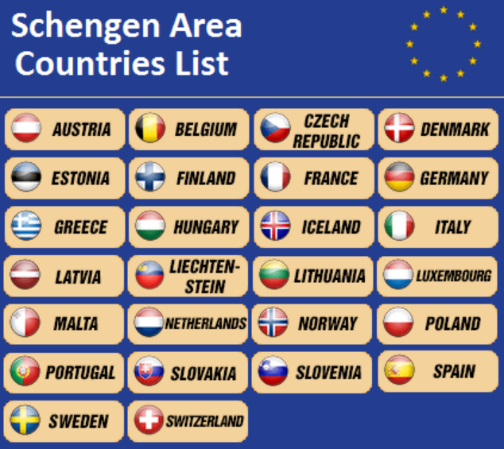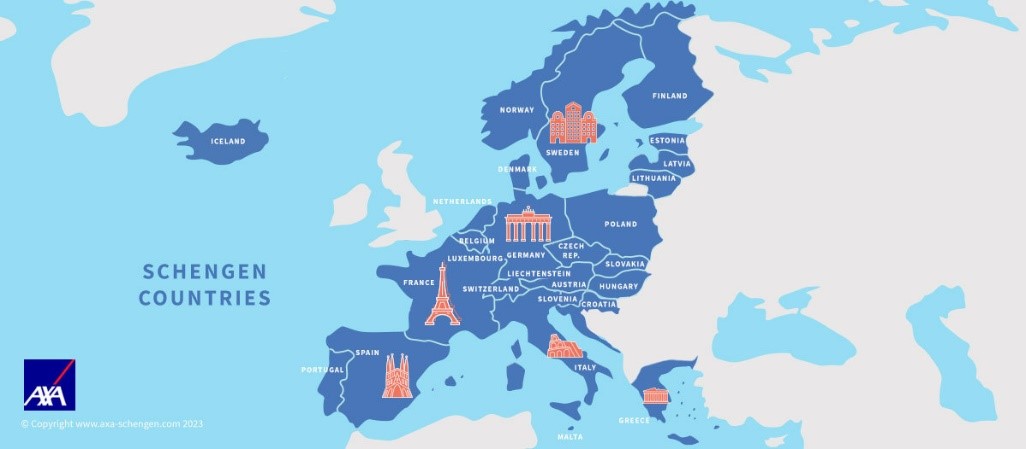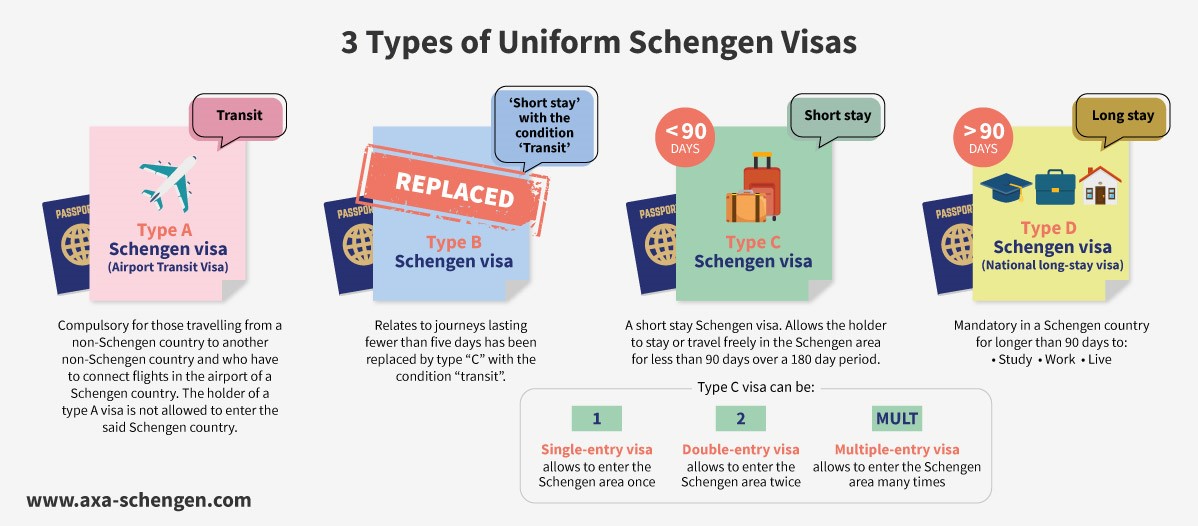Description

Disclaimer: Copyright infringement not intended.
Context
- In 2022, Indians reportedly spent over Rs 87 crores trying to get a Schengen Visa for their Europe trips.
- However, as per new data released, India become the second country with the highest rejection rate for the Schengen Visa last year.
Schengen Visa
- A Schengen visa is an official document mandatory for some non-Europeans to travel to all the 27 countries which are part of the Schengen area.
- Once granted, this visa allows the traveler to cross the borders of the other member-states without going through identity checks at the border.
- There are several types of Schengen visa but the most common (the short-stay visa) allows to travel/stay for 90 days maximum over a 6-month period starting from the entry date stated on the visa.
What is the Schengen area?
- The Schengen Area, or Schengen Countries Zone, is a group of 27 European nations that have abolished border controls between each other.
- These include France, Germany, Italy, Spain, The Netherlands, Poland, and Scandinavian nations, but not the U.K. and Ireland.
- Most European Union (EU) countries are signatories to the Schengen Agreement, although some non-Schengen countries, like Bulgaria and Romania, are signed up but not yet active members and merely obliged to join in the future.
- Switzerland, Iceland, and Norway are not in the EU but are inside of the Schengen Area.
Here is the complete list of 27 countries members of the Schengen zone:


Which European countries are not part of the Schengen area?
- Although 27 countries are inside the Schengen Zone, including most nations in mainland Europe - not every European state is inside the area where border checks have been abolished. Countries we associate with Europe that aren’t in the Schengen Zone:
|
Albania
|
Armenia
|
Azerbaijan
|
Belarus
|
|
Bosnia & Herzegovina
|
Bulgaria
|
Croatia
|
Cyprus
|
|
Ireland
|
Macedonia
|
Moldova
|
Montenegro
|
|
Serbia
|
Ukraine
|
United Kingdom
|
Romania
|
- The microstates of Andorra, Monaco, and Vatican City are also not members - but are considered as de facto inside the area, as they do not impose border controls.
- Romania, Bulgaria, Croatia, and Cyprus are also outside of the Schengen Zone but are legally obliged to join as members of the European Union at some point in the future.
Who needs a visa to enter Europe?
- Most non-European citizens (particularly from Africa, Russia, India, and China) need a Schengen visa to enter one of the Schengen member states.
- Some countries, such as the United States, Canada, Mexico, Brazil, Australia, and Japan, have signed a visa waiver agreement with the European Union. This means that their nationals don’t need a visa to enter Europe if their visit doesn’t exceed 90 days.
- However, residents, and not yet citizens, of such countries will need a Schengen visa if they are originally from countries that haven’t signed this waiver agreement.
What are the different types of Schengen visas?

Type A Schengen visa - Airport Transit Visa
- The type A visa (Airport Transit Visa) allows citizens of non-Schengen states to transit through or wait for their connecting flight in the international zone of an airport located in a Schengen country.
- It is compulsory for those traveling from a non-Schengen country to another non-Schengen country and who have to connect flights to the airport of a Schengen country. The holder of a type A visa is not allowed to enter the said Schengen country.
Type B Schengen visa
- The type B visa relates to journeys lasting fewer than five days has been replaced by type “C” with the condition “transit".
Type C Schengen visa
- The short-stay Schengen visa is the most common one. It is issued by the visa services (embassies, consulates, appointed external providers) of a country belonging to the Schengen area.
- It allows the holder to stay or travel freely in the Schengen area for less than 90 days over a 180-day period.
- According to the purpose of one’s trip, the short-stay category C Schengen visa can be a single-entry, a double-entry or a multiple-entry.
Type D Schengen visa
- The national visa is the type D long-stay Schengen visa. It is mandatory for any foreigner wishing to study, work or live in a Schengen country for longer than 90 days (up to 1 year).
Where to apply for a Schengen visa?
- To apply for a Schengen visa, one needs to contact the consular authorities of the Schengen country one wishes to visit.
- To apply for a Schengen Visa, Indians need to submit a fee of Rs 7,200 or 80 Euros.
|
PRACTICE QUESTION
Q. Consider the following statements with reference to the Schengen area and Schengen Visa:
1. Every European state is inside the Schengen area where border checks have been abolished.
2. Netherlands, Poland, Scandinavian nations, U.K., and Ireland are a part of the Schengen area.
3. All non-European citizens need a Schengen visa to enter one of the Schengen member states.
4. Schengen visa allows the traveller to cross the borders of the other member-states without going through identity checks at the border.
How many of the above statements are correct?
(a) Only one.
(b) Only two.
(c) Only three.
(d) All four statements.
Correct Answer: (a) Only one.
Statement d is correct.
|

https://www.timesnownews.com/world/indians-paid-over-rs-87-crores-for-schengen-visa-becomes-2nd-country-with-highest-rejection-rate-report-article-101647489


















